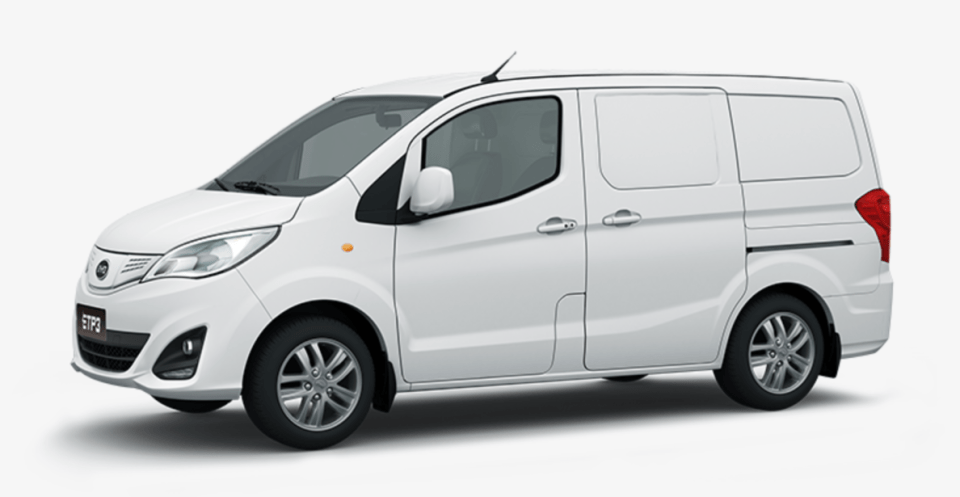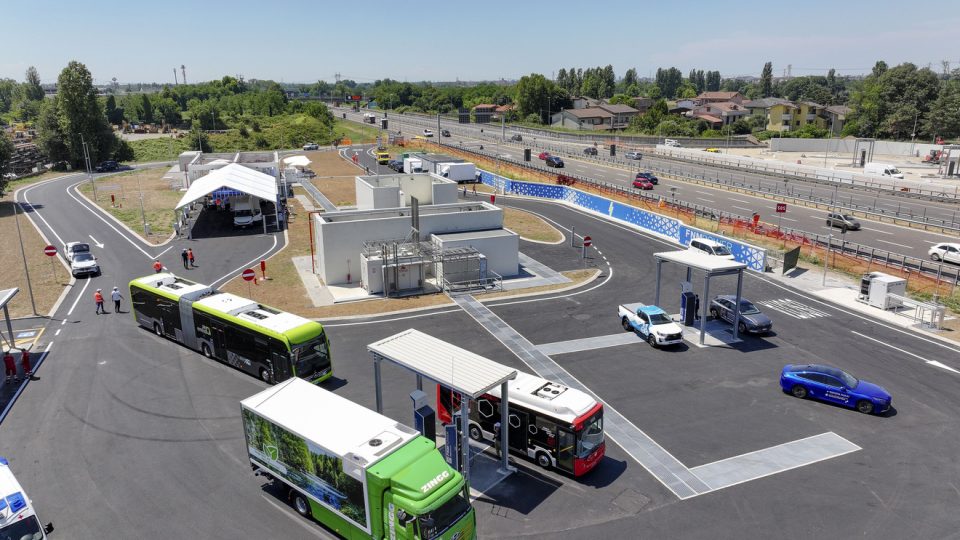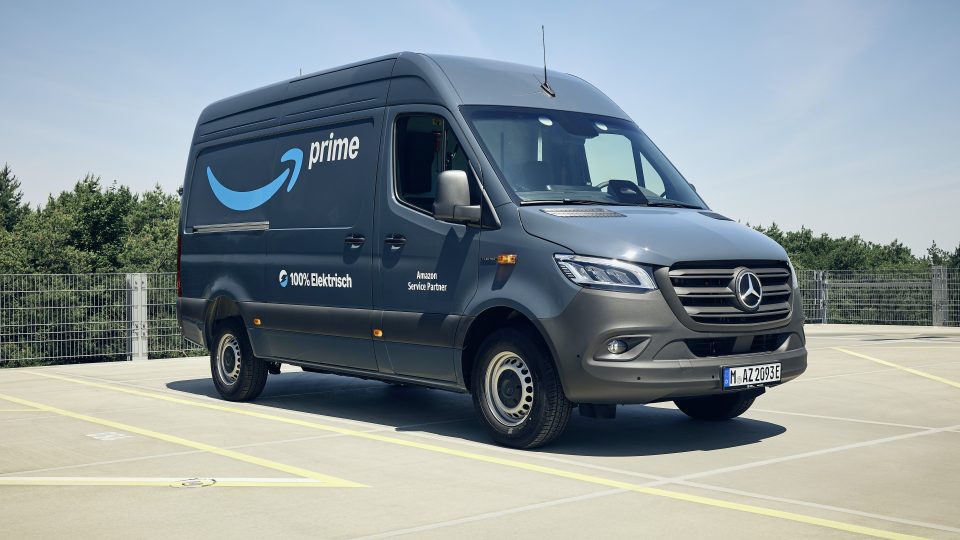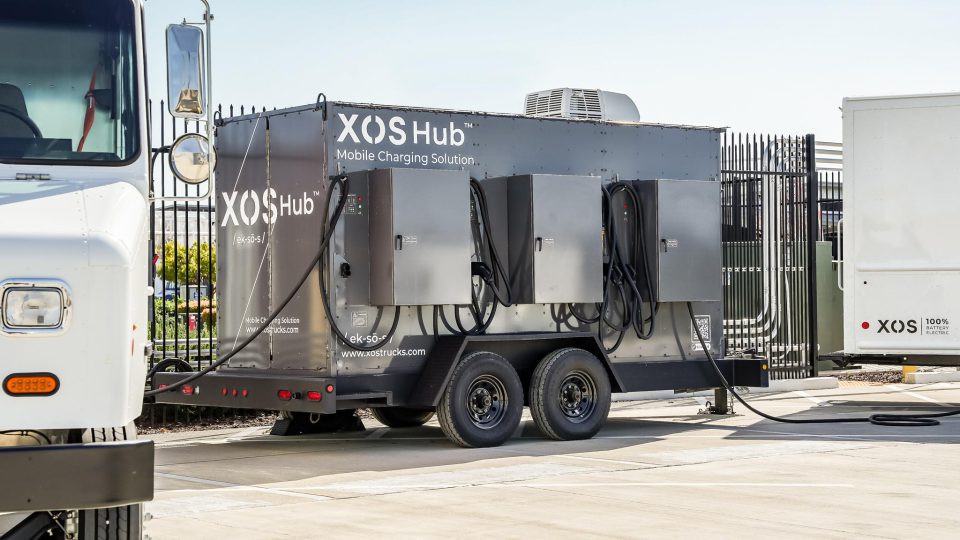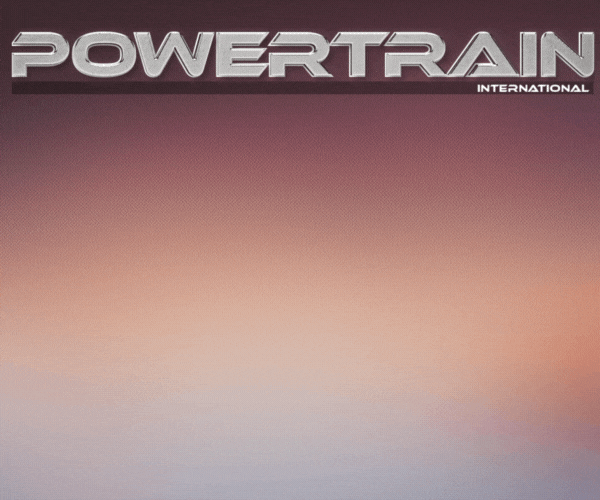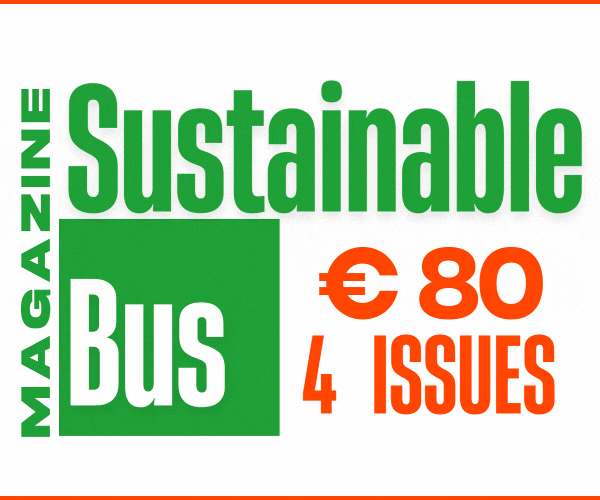Peugeot to start in series production of e-Expert hydrogen-fueled van
The new e-Expert hydrogen includes a new mid-power plug-in hydrogen fuel cell electric system, innovative and specific to Stellantis, made up of a fuel cell which produces the electricity needed to drive the vehicle thanks to the hydrogen on board the tank.
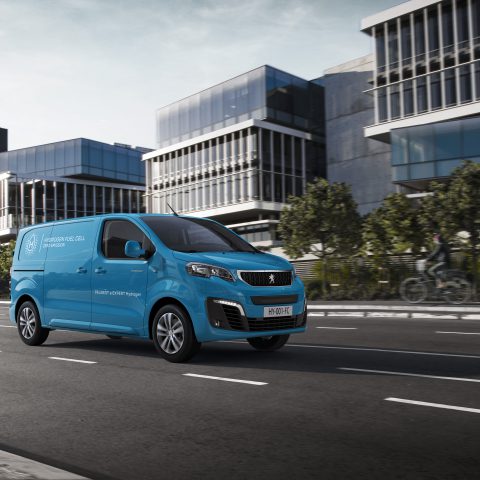
From 2021 onwards, Peugeot will start in series production of e-Expert hydrogen-fueled van. The decision taken by the French manufacturer follows the introduction of the battery-powered e-Expert model back in 2020.
According to the official statement released by Peugeot, the new e-Expert hydrogen includes «a new mid-power plug-in hydrogen fuel cell electric system, innovative and specific to Stellantis, made up of a fuel cell which produces the electricity needed to drive the vehicle thanks to the hydrogen on board the tank», as well as «a high-voltage lithium-ion rechargeable battery with a capacity of 10.5 kWh that can be recharged from the electricity grid and which also powers the electric engine during certain driving phases».
Peugeot e-Expert hydrogen-fueled van
The new Peugeot e-Expert hydrogen will first be offered to professional customers (direct sales), in France and Germany, from the end of 2021. It will be produced in France, in Valenciennes, and then transformed in the Stellantis competence centre dedicated to hydrogen technology in Germany, in Rüsselsheim.
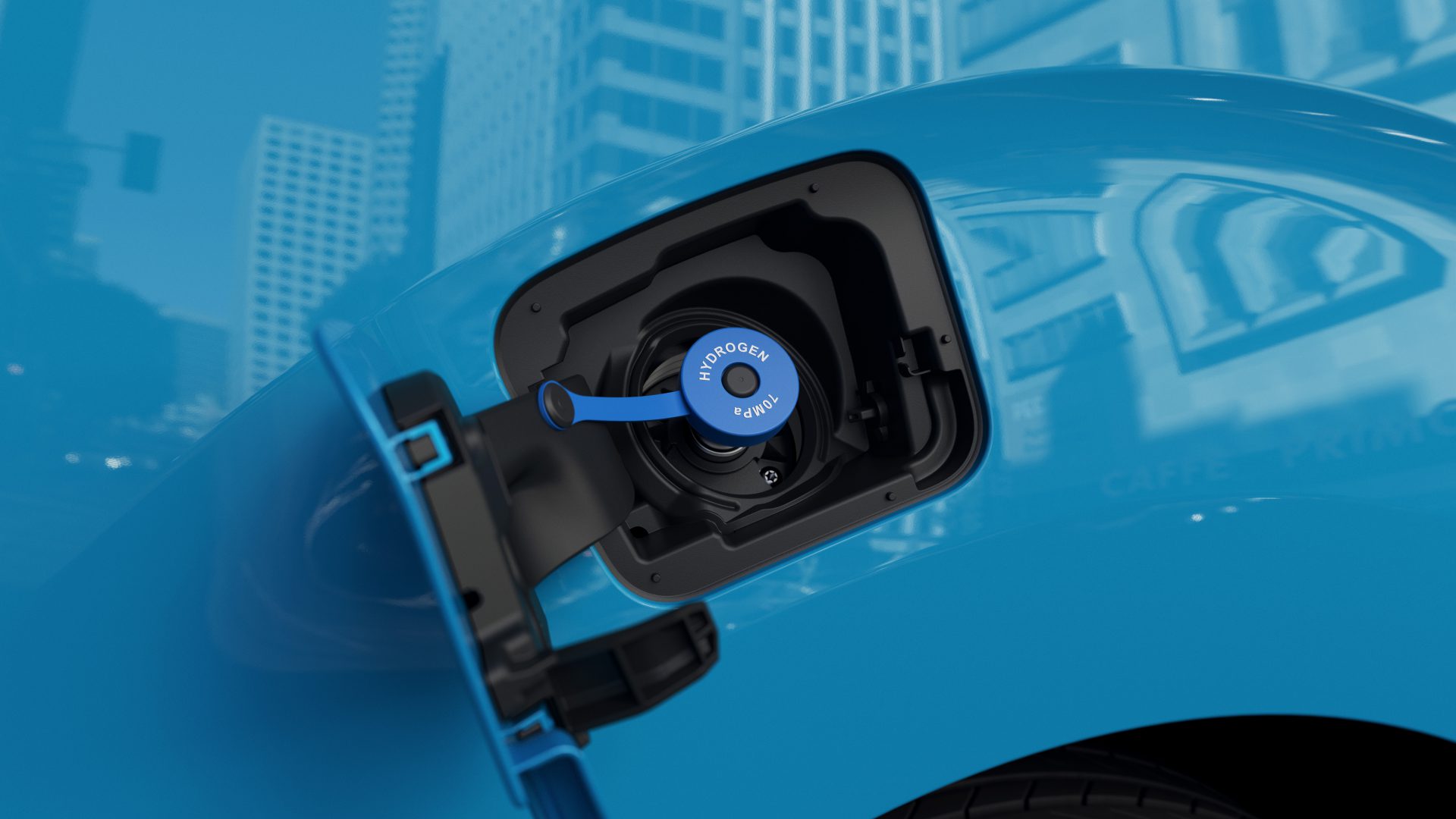
The van will then combine electric propulsion with the ability to fill up with hydrogen in 3 minutes for a range of over 400 km WLTP (Worldwide harmonized Light vehicles Test Procedures, vehicle undergoing approval). The possibility to rely on hydrogen fuel cell technology is expected to ensure greater autonomy, which is crucial given that the vast majority of compact vans operate in suburban areas and densely populated city centres, where the need for zero-emission solutions is becoming ever more pressing. It will also preserve one of the core functions of light commercial vehicles, that is to say the transport of large and heavy objects.
The hydrogen tanks and the electric motor with 100 kW power
According to the press release, «the hydrogen in the tank powers the fuel cell, which produces the electricity needed to drive the vehicle over long distances, while the high-voltage battery provides, among other things, the power needed to ensure dynamic performance. The entire system is integrated into the vehicle to ensure that no compromises have been made in terms of volume or payload». The tank system consists of three hydrogen storage tanks located under the floor, with a total capacity of 4.4 kg at a pressure of 700 bar.
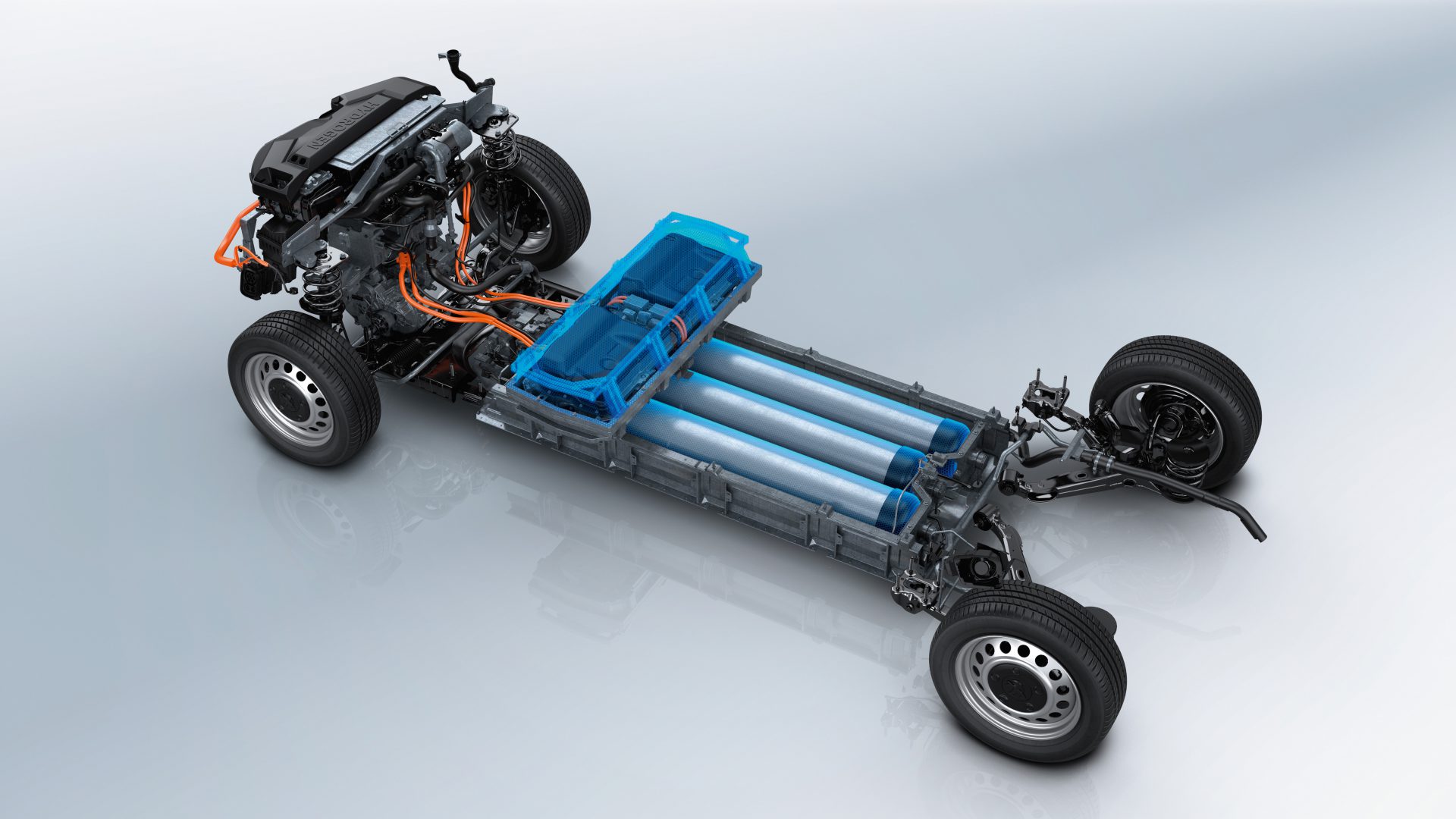
More into details, the hydrogen fuel cell is located in the engine compartment at the front of the vehicle, which supplies electricity to the electric engine by recombining the hydrogen contained in the tank with oxygen from the air. It emits only water vapour through the exhaust pipe. In addition, there is a permanent magnet electric motor with a maximum power of 100 kW, delivering 260 Nm of maximum torque. Located on the front axle, this electric drive train is similar to that of the e-Expert, battery-electric model, which stands out in particular with a gearbox adapted to the loading constraints inherent to the use of commercial vehicles.










